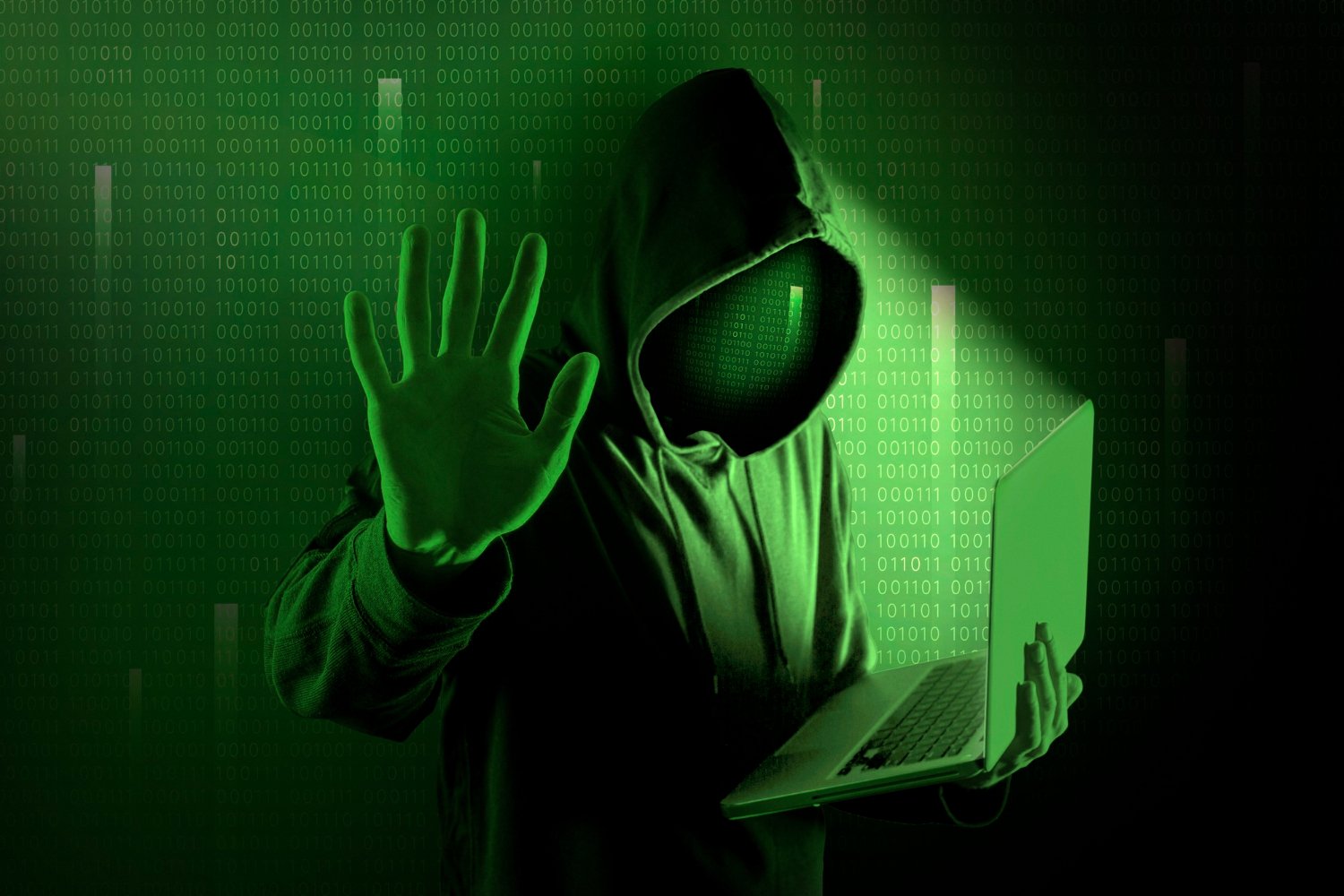Every few months, a strange digital signature pops up online, igniting panic and curiosity across tech forums. This time, it’s “24ot1jxa.” Nobody seems to know where it came from, what it does, or if it even exists beyond rumor. Some claim it’s a malware signature circulating through systems; others insist it’s just another viral hoax.
The truth about 24ot1jxa isn’t fully clear—but its rise highlights a bigger problem: the way online fear spreads faster than verified facts. Before labeling it a new cyber threat or dismissing it as hype, it’s worth looking deeper into what this mysterious identifier might represent, and how smart users can stay safe while the truth unfolds.
Read also: What’s in Qizdouyriz03
What Exactly Is “24ot1jxa”?
Problem – Confusion Over Its Origin and Purpose
At the moment, 24ot1jxa has no confirmed technical definition. It doesn’t appear in databases like MITRE ATT&CK, VirusTotal, or CISA advisories. Yet, scattered mentions on social media and cybersecurity threads claim it’s harmful code or a hidden malware variant.
This kind of confusion happens often when suspicious strings appear in logs, system processes, or dark web chatter. Hackers sometimes drop meaningless identifiers to create panic—or security tools mislabel benign files, leading to false alarms.
Solution – Treat It as a Case Study in Digital Verification
Before assuming 24ot1jxa is dangerous, users and analysts should follow a structured verification process:
- Check reliable sources such as NIST, CERT, or CrowdStrike threat reports.
- Analyze file behavior in a sandbox or virtual environment.
- Scan with multiple antivirus engines to identify patterns or similarities.
Doing this turns fear into insight—and prevents misinformation from spreading unchecked.
How Unknown Threats Gain Viral Attention
Problem – The Internet Amplifies Fear
When something new appears in cybersecurity spaces, it often snowballs. Posts warning that “24ot1jxa is spreading fast” can go viral even if no one’s actually seen evidence of it. The more mysterious the code, the faster the rumor grows.
This mirrors how past online scares—like Blue Whale Challenge, Slenderman, or fake “Trojan alerts”—spread without verifiable data. Fear is contagious, especially when wrapped in tech jargon.
Solution – Slow Down and Look for Context
Cyber experts advise a pause before panic. A simple rule applies: if a supposed threat has no digital signature, hash, or verified IOC (Indicator of Compromise), it’s not confirmed. Instead of reposting warnings, look for:
- Technical documentation from trusted vendors
- Community validation from cybersecurity professionals
- Historical traces that prove persistence or activity
This disciplined skepticism helps users filter out hype and focus on actual risks.
What Could “24ot1jxa” Be If It’s Real?
Problem – Multiple Possibilities, One Big Mystery
Cyber researchers categorize threats by behavior, not names. If 24ot1jxa is genuine, it could fall into several categories:
- A malware variant designed to evade antivirus detection
- A phishing code signature embedded in malicious scripts
- A tracking identifier within leaked datasets
- Or simply a false-positive string from a software anomaly
The ambiguity fuels speculation—especially when forums and social platforms amplify incomplete information.
Solution – Investigate Without Assuming
Security analysts often use tools like Wireshark, Kali Linux, and Reverse Engineering Suites to determine if an identifier behaves maliciously. By examining network behavior, system calls, and registry changes, experts can confirm whether it’s a threat or just a random tag.
Until such analysis confirms malicious intent, calling 24ot1jxa “harmful” remains pure conjecture.
The Dangers of Spreading Digital Hype
Problem – Panic Creates Real Damage
When users panic, they often take drastic actions—deleting vital files, disconnecting devices, or downloading sketchy “cleaning tools” that cause more harm than good. Cyber hoaxes cost time, trust, and sometimes money.
This behavior also distracts professionals from addressing verified threats like ransomware, credential theft, and zero-day exploits.
Solution – Promote Cyber Literacy and Calm Investigation
Cyber awareness starts with questioning information. Reliable threat intelligence is built on:
- Data transparency
- Evidence-backed alerts
- Source validation
Before reacting, users should always ask:
- Who reported this threat first?
- Has it been confirmed by any cybersecurity agency?
- What specific impact has been observed?
If those questions can’t be answered, it’s likely a digital rumor, not a real crisis.
The Psychology of Cyber Panic
H3: Problem – Fear Drives Clicks, Not Facts
The tech world thrives on drama. Headlines about “unknown malware” or “mysterious threats” generate massive attention. The code 24ot1jxa fits that mold—short, strange, and untraceable. It becomes a blank canvas for imagination and fear.
This emotional response creates a feedback loop: the more people talk about it, the more it “feels” real. But emotional certainty isn’t evidence.
Solution – Build a Culture of Critical Thinking
Digital resilience depends on user education. Cybersecurity experts like Bruce Schneier and Brian Krebs emphasize the importance of digital literacy—understanding how to question, verify, and contextualize.
When users approach unknown terms like 24ot1jxa analytically instead of emotionally, misinformation loses power.
What to Do If You See “24ot1jxa” on Your Device
Problem – Uncertainty Triggers Panic Responses
If someone discovers “24ot1jxa” in system files, browser logs, or antivirus alerts, it’s easy to jump to conclusions. But deleting or reformatting your device isn’t the answer.
Solution – Follow Safe Diagnostic Procedures
- Isolate the device from the network to prevent possible spread.
- Upload the suspicious file (if one exists) to multi-engine scanners like VirusTotal or Hybrid Analysis.
- Run system scans using updated antivirus software or endpoint detection platforms.
- Consult trusted cybersecurity forums for expert opinions.
This methodical approach turns uncertainty into actionable steps—and protects your system without unnecessary panic.
Could “24ot1jxa” Just Fade Away?
Problem – Short Attention Spans in the Digital Age
The online world moves quickly. Many so-called “threats” vanish as fast as they appear. Unless 24ot1jxa proves to cause measurable damage, it may disappear into obscurity like countless other forgotten warnings.
Solution – Record, Monitor, and Learn
Every new identifier—real or not—teaches something about how communities react to uncertainty. Analysts log such cases to improve threat response protocols, pattern recognition, and public communication.
If 24ot1jxa fades, it still serves as a valuable reminder: cybersecurity isn’t just about code—it’s about clarity, patience, and verification.
Conclusion: The Thin Line Between Threat and Hype
Whether 24ot1jxa becomes the next infamous malware or fades into digital myth, its story already reveals something important. In the age of information overload, fear often spreads faster than facts.
By combining AI-driven analysis, expert validation, and public digital literacy, we can handle emerging anomalies with logic instead of panic.
Until verified evidence proves otherwise, 24ot1jxa remains an unanswered question—a symbol of how easily speculation can spiral into online hysteria. The smartest move? Stay alert, stay informed, but never let hype dictate your next click.




